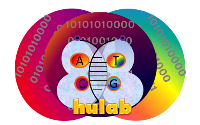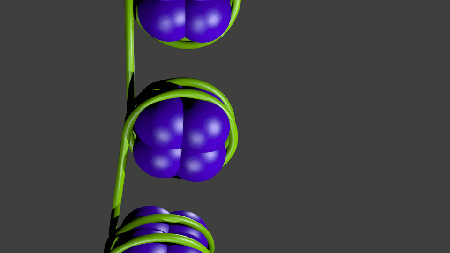Background

DNA wraps around histones to form nucleosomes. Nucleosomes are considered the basic building block of chromatin.
Genome:
The genome consists of the genetic makeup for any organism and has been inherited by the organism's parents. Genes are segments of the genome that encode for some function, and how the levels that these genes are expressed controls a cell’s function. Concepts like gene regulation, inheritance, and metagenomics are all concepts studied in genetics.
The basic building block of any eukaryotic organism is a cell. Every cell contains many different organelles that perform a specific function. DNA is found in a special organelle called the nucleus. Long strands of DNA are packed to form chromosomes and together they make up your genome. Genes are DNA sequences that are transcribed into various RNA and eventually translated into proteins.
The basic building block of any eukaryotic organism is a cell. Every cell contains many different organelles that perform a specific function. DNA is found in a special organelle called the nucleus. Long strands of DNA are packed to form chromosomes and together they make up your genome. Genes are DNA sequences that are transcribed into various RNA and eventually translated into proteins.
Cell Differentiation:
Every cell in a person's body originated from the same cell and yet they different cells perform different functions. How these cells evolved and became specialized cells is known as cell differentiation. These functional differences are regulated by something beyond their DNA sequence.
Epigenome:
Although the genome contains the instructions for a cell, the epigenome is the driving force behind a cell’s functionality. The epigenome quite literally means "above the genome" because it explains which instructions are being used.
Chromatin is made up of various proteins and DNA that wraps around proteins called histones to form nucleosomes. The way these nucleosomes coil are packed has a direct impact on gene expression. Epigenetic mechanisms that effect gene regulation are dependent on outside factors like diet, smoking, exercise, sun exposure, etc.
Chromatin is made up of various proteins and DNA that wraps around proteins called histones to form nucleosomes. The way these nucleosomes coil are packed has a direct impact on gene expression. Epigenetic mechanisms that effect gene regulation are dependent on outside factors like diet, smoking, exercise, sun exposure, etc.
Resources:

